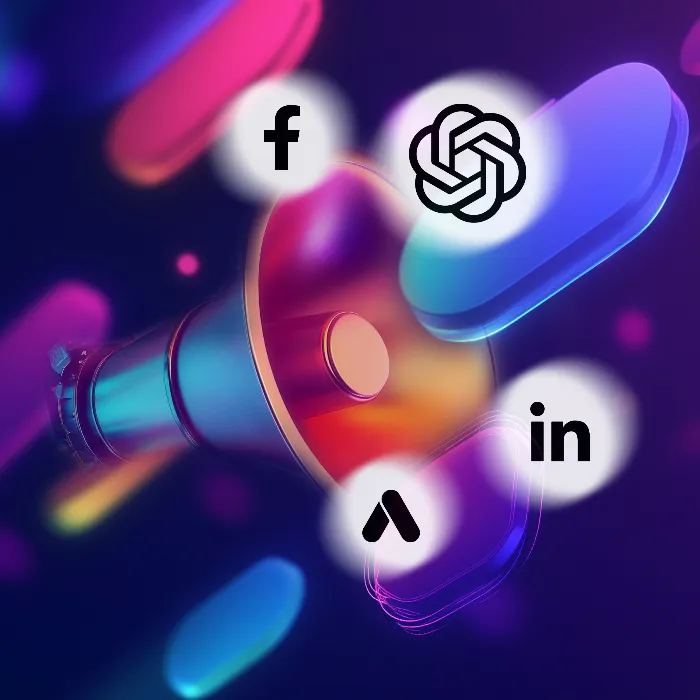PaidAdvertising, also known as PaidAds, is a crucial element in digital Marketing. It allows companies to directly target their audiences and quickly increase the visibility of their products or services. In this guide, you will understand the various facets of Paid Ads, learn about their advantages and disadvantages, and gain a clear idea of how to effectively incorporate this advertising into your marketing mix.
Key Insights
- Paid Ads allow for targeted audience engagement.
- Paid advertising offers quick results compared to organic marketing.
- It is crucial to keep costs in mind, as Paid Ads are not free.
- User trust in sponsored offers is often lower than in organic results.
- The combination of Paid Ads and organic methods can yield the best results.
Step-by-Step Guide
Step 1: Understanding Paid Ads
To understand the influence and possibilities of Paid Ads well, we start with a basic explanation. Paid Ads are paid advertisements that allow you to be visible on search engines and social networks. With Paid Ads, you can target a specific audience and deliver your message directly to consumers.

Step 2: The Different Types of Paid Ads
In the world of paid Advertising, there are various types you can use:
- Search Engine Advertising: Ads that appear in search engines like Google. They are often marked with the term "sponsored."
- Social Media Ads: Advertising that is placed on platforms like Facebook, Instagram, or LinkedIn.
- Display Advertising: This form includes banner advertising on websites.
- Video Advertising: Especially on platforms like YouTube, video advertising is an effective medium.
- Remarketing and Affiliate Advertising: These are not discussed in detail, but are also important terms in this field.
Step 3: Audience Targeting
A major advantage of Paid Ads is the ability to precisely define your target audience. You can use demographic traits, interests, and behavior patterns to ensure that your advertising reaches the right people. This increases the chance of conversions.
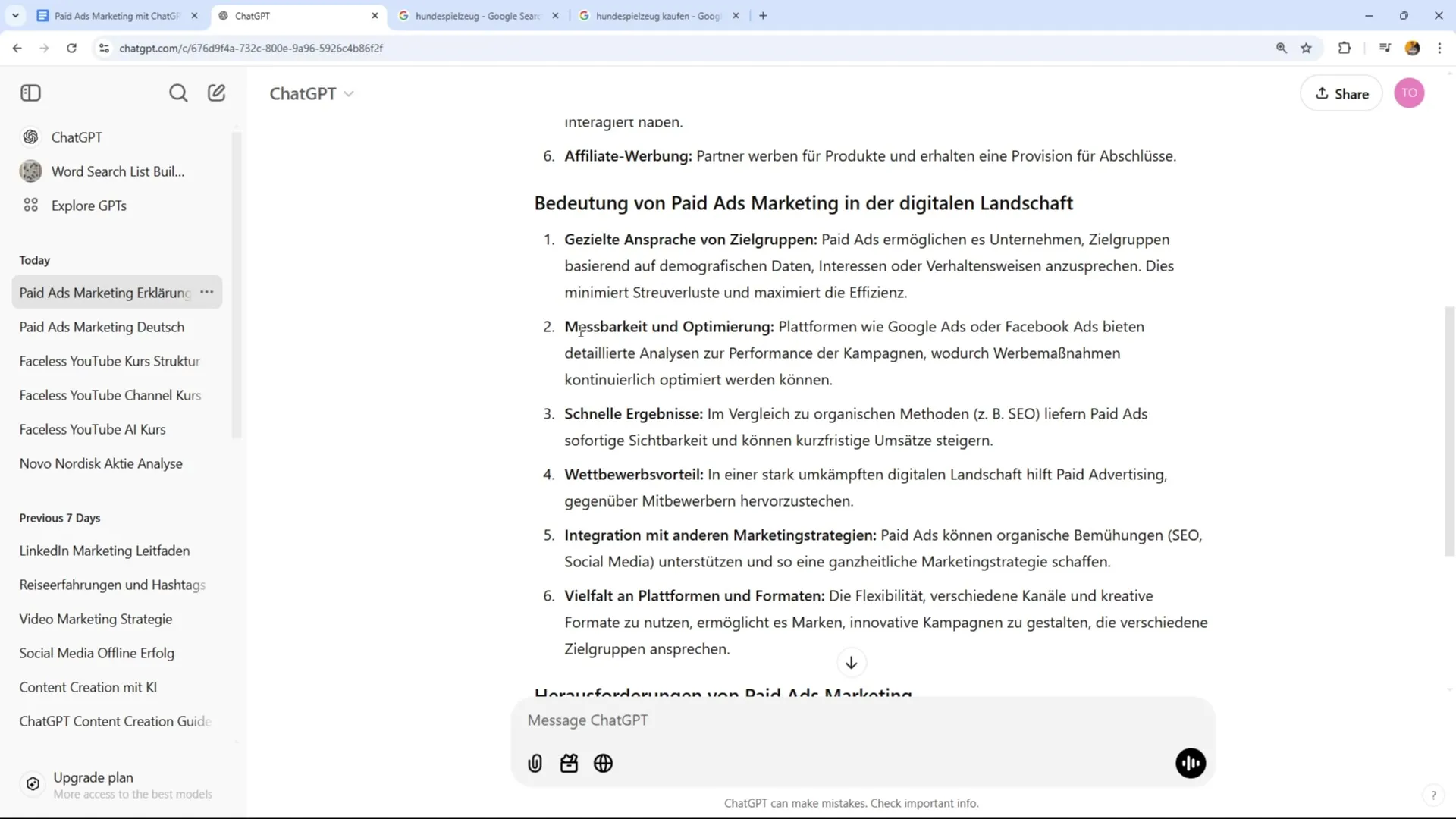
Step 4: Measurability and Optimization
You can easily measure the results of your Paid Ads, which helps you make optimizations. You can monitor the performance of your ads in real-time and make adjustments as needed. This allows you to use budgets more efficiently and scale campaigns when they are performing well.
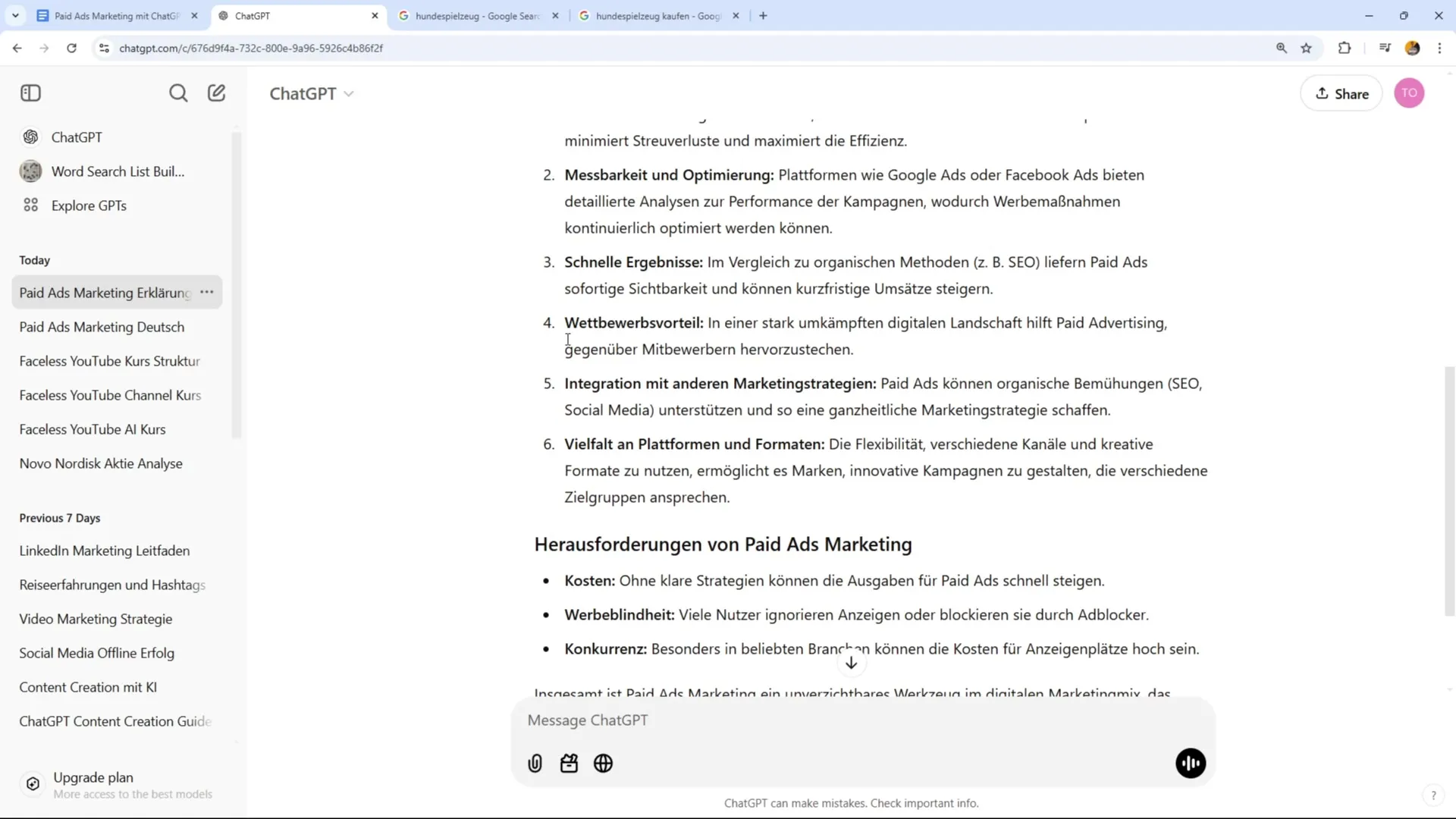
Step 5: Costs and Challenges
Paid advertising comes with costs. It is important to consider expenses in the context of revenues. Reasons for using Paid Ads include quick results. However, a sudden stop in budgeting also means that the visibility of the ads disappears immediately.
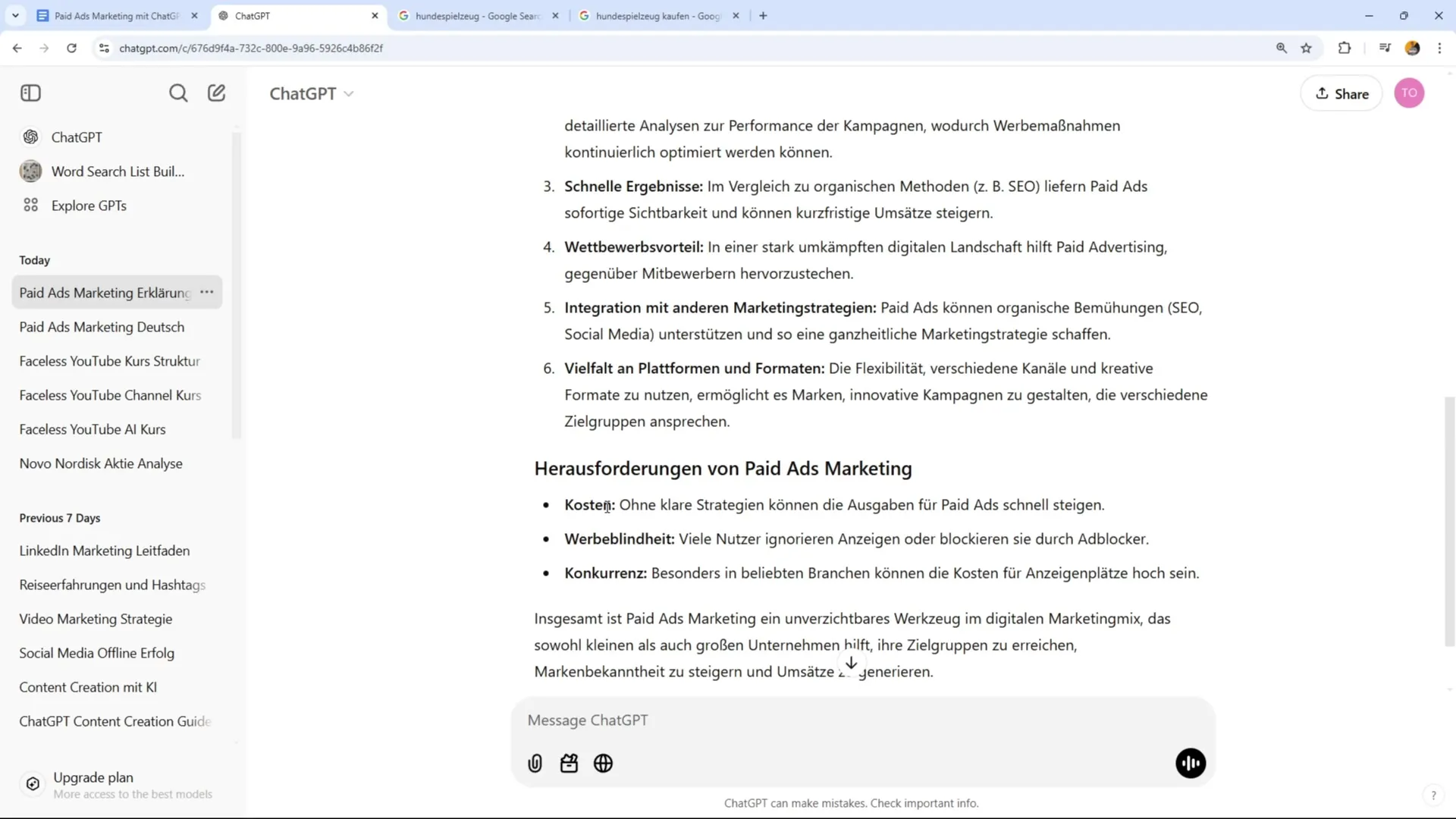
Step 6: Comparison with Organic Methods
Compared to organic methods, there are both advantages and disadvantages. Paid Ads bring short-term successes, while organic marketing takes time to achieve sustainable reach. Nevertheless, both methods should be integrated into a marketing strategy to achieve the best results.
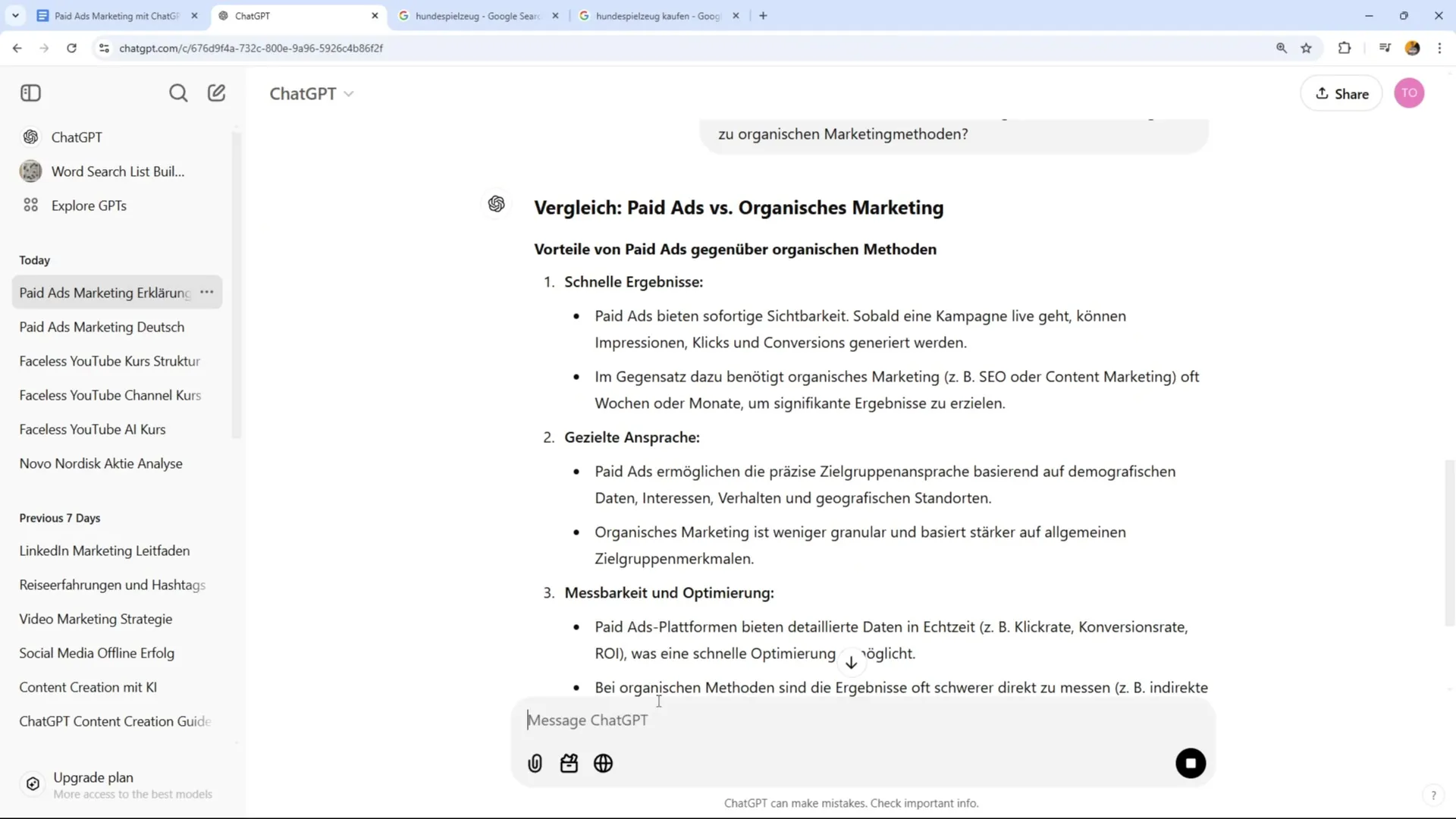
Step 7: User Trust
Studies show that users trust sponsored links less than organic results. This is a crucial point to consider in your strategy. Trust plays a decisive role in your audience's purchasing decisions.
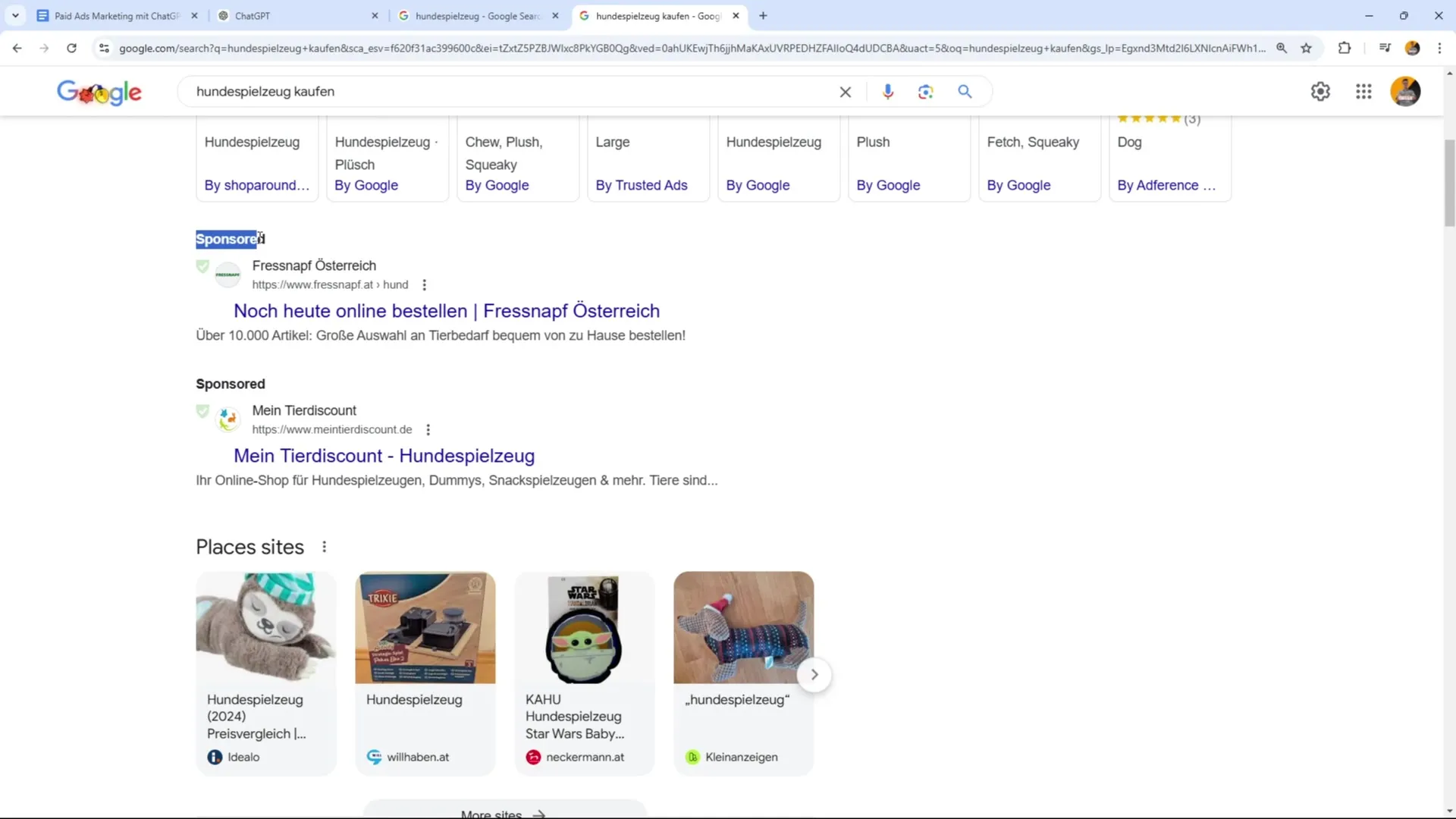
Step 8: Conclusion and Next Steps
The combination of Paid Ads and organic marketing strategies is the key to long-term success. In the continuation of this course, you will gain deeper insights into specific platforms and their optimal use.
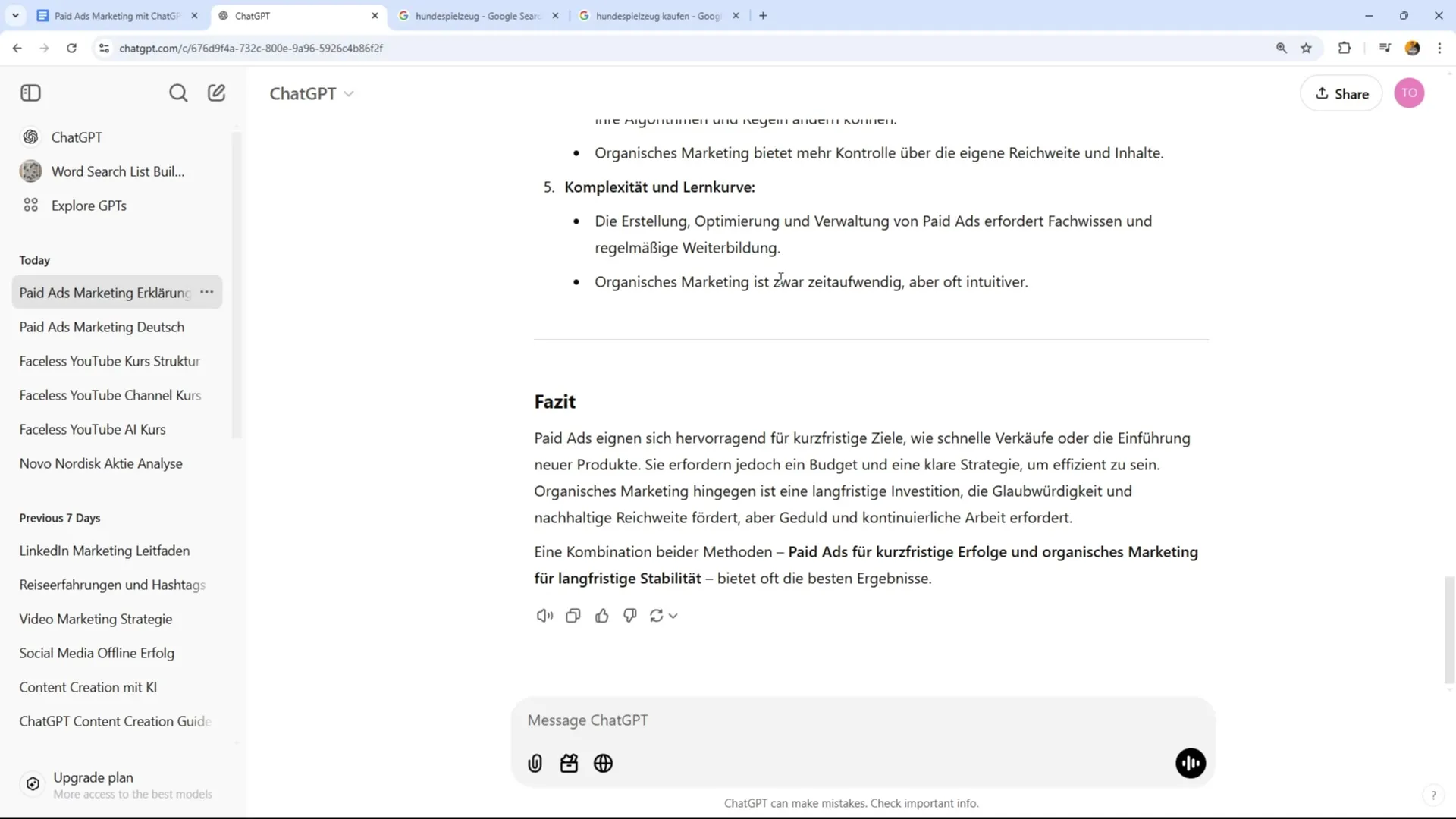
Summary – Paid Ads Marketing: An Introduction to Paid Advertising
Paid advertising opens up diverse opportunities to target the right audiences specifically and effectively promote your products or services. Despite the challenges posed by costs and user trust, remember that the combination of Paid Ads and organic methods is the most effective. With the right knowledge and strategies, you can leverage the full potential of Paid Ads.
